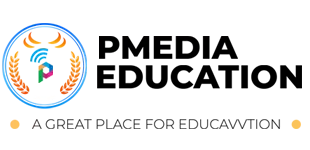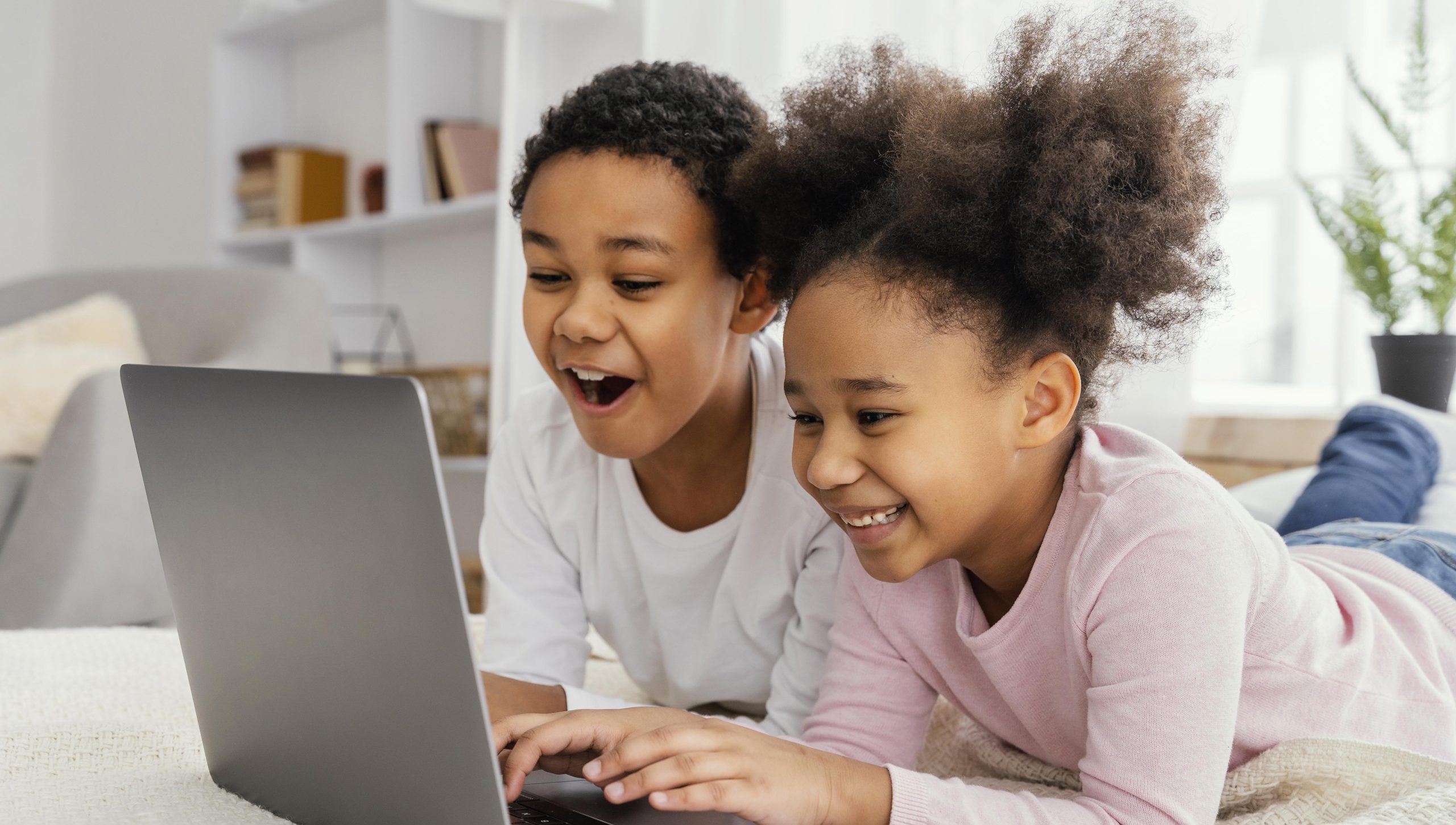Introduction To Programming For Kids
₦50,000.00 per month
Courses Included
An introductory Scratch programming course offers a fun and engaging way for kids and beginners to learn the basics of coding.
Description
What Would I Learn?
An introductory Scratch programming course offers a fun and engaging way for kids and beginners to learn the basics of coding. Through interactive projects and hands-on activities, students will develop critical thinking, problem-solving, and creative skills that are valuable in many areas of life and future learning. Scratch serves as a foundation for more advanced programming languages and concepts, making it an excellent starting point for young learners. Here’s what you can expect to learn:
1. Basic Programming Concepts:
- Sequences:
- Learn how to create a series of instructions that the computer follows step-by-step.
- Loops:
- Understand how to repeat actions or a set of instructions using loops like “forever” and “repeat.”
- Conditionals:
- Explore decision-making in code with “if-then” and “if-then-else” statements to create interactive projects.
- Variables:
- Learn how to create and use variables to store and manipulate data, such as scores in a game or user input.
2. Creative Thinking and Problem-Solving:
- Project Design:
- Develop the ability to conceptualize and plan projects, from simple animations to basic games.
- Debugging:
- Identify and fix errors in your code, developing critical problem-solving skills.
- Algorithmic Thinking:
- Break down problems into smaller, manageable steps and create algorithms to solve them.
3. Math and Computational Skills:
- Coordinates and Movement:
- Use the Scratch stage’s x and y coordinates to position and move sprites.
- Operators:
- Apply mathematical operations such as addition, subtraction, multiplication, and division in projects.
4. Storytelling and Animation:
- Creating Animations:
- Design and animate characters (sprites) and backgrounds using Scratch’s tools.
- Storytelling:
- Develop interactive stories with dialogue, sound effects, and user interaction.
5. Game Design:
- Basic Game Mechanics:
- Create simple games, learning how to implement player controls, scoring, and game logic.
- Interactivity:
- Make projects interactive by responding to user inputs such as keyboard presses or mouse clicks.
6. Collaboration and Sharing:
- Community Projects:
- Share your projects with the Scratch online community and explore projects made by others for inspiration.
- Feedback:
- Give and receive constructive feedback to improve your projects.
7. Digital Literacy:
- Navigating Scratch Interface:
- Learn how to navigate the Scratch interface, including the stage, sprite area, and script area.
- Project Management:
- Save, load, and manage your Scratch projects effectively.
Sample Projects and Activities:
- Animated Story:
- Create a story with animated characters, backgrounds, and sound effects.
- Simple Game:
- Design a basic game where a character collects objects, tracks the score, and wins or loses based on conditions.
- Interactive Art:
- Make interactive art projects that respond to user input to create unique patterns and designs.
- Virtual Pet:
- Create a simple simulation of a virtual pet that can be fed, played with, and cared for by the user.
Who is This Introductory Scratch Programming Course For?
The introductory Scratch programming course is designed to cater to a broad audience, specifically targeting the following groups:
Young Students (Aged 7-16):
- Beginners in Coding:
- Children with no prior experience in coding will find Scratch an accessible and engaging way to start learning programming concepts.
- Primary and Middle School Students:
- The course is perfect for students in primary (elementary) and middle school who are curious about how computers and games work.
- Creative Minds:
- Kids who enjoy storytelling, drawing, and creating will benefit from the creative freedom Scratch offers in animating their stories and ideas.
Teachers and Educators:
- School Teachers:
- Educators looking to introduce coding into their curriculum can use Scratch as an effective teaching tool. It’s simple to use and helps demonstrate basic programming concepts in a fun way.
- After-School Program Coordinators:
- Those running after-school or extracurricular programs will find this course an excellent addition, providing a constructive and educational activity for students.
Parents and Guardians:
- Tech-Savvy Parents:
- Parents who want their children to gain essential digital skills early on will appreciate this course as a structured introduction to coding.
- Homeschooling Families:
- Families who homeschool can integrate this course into their curriculum to teach programming in a fun and interactive manner.
Hobbyists and Young Enthusiasts:
- Young Creators:
- Children and teens who enjoy tinkering with technology, creating games, and exploring new hobbies will find Scratch programming both exciting and rewarding.
Special Education:
- Inclusive Learning:
- Scratch’s visual and interactive nature makes it accessible for children with different learning needs and styles, making it an inclusive tool for teaching programming.
Key Benefits for Each Group:
- Students:
- Develop foundational coding skills, logical thinking, and creativity.
- Gain confidence through hands-on projects and immediate feedback.
- Educators:
- Access a structured curriculum that aligns with educational standards.
- Utilize a versatile tool that can be adapted for various teaching styles and classroom settings.
- Parents:
- Provide children with a valuable skill set for the future.
- Encourage productive screen time through educational activities.
- Community Organizations:
- Offer engaging and educational programming to support youth development.
- Promote digital literacy and reduce technology gaps in the community.
Conclusion:
This introductory Scratch programming course is ideal for young learners, educators, parents, and community organizations aiming to introduce the fundamentals of coding in a fun, interactive, and educational manner. It serves as a stepping stone into the world of programming, fostering essential skills that will benefit participants in many areas of their academic and personal lives.
Only logged in customers who have purchased this product may leave a review.






Reviews
There are no reviews yet.